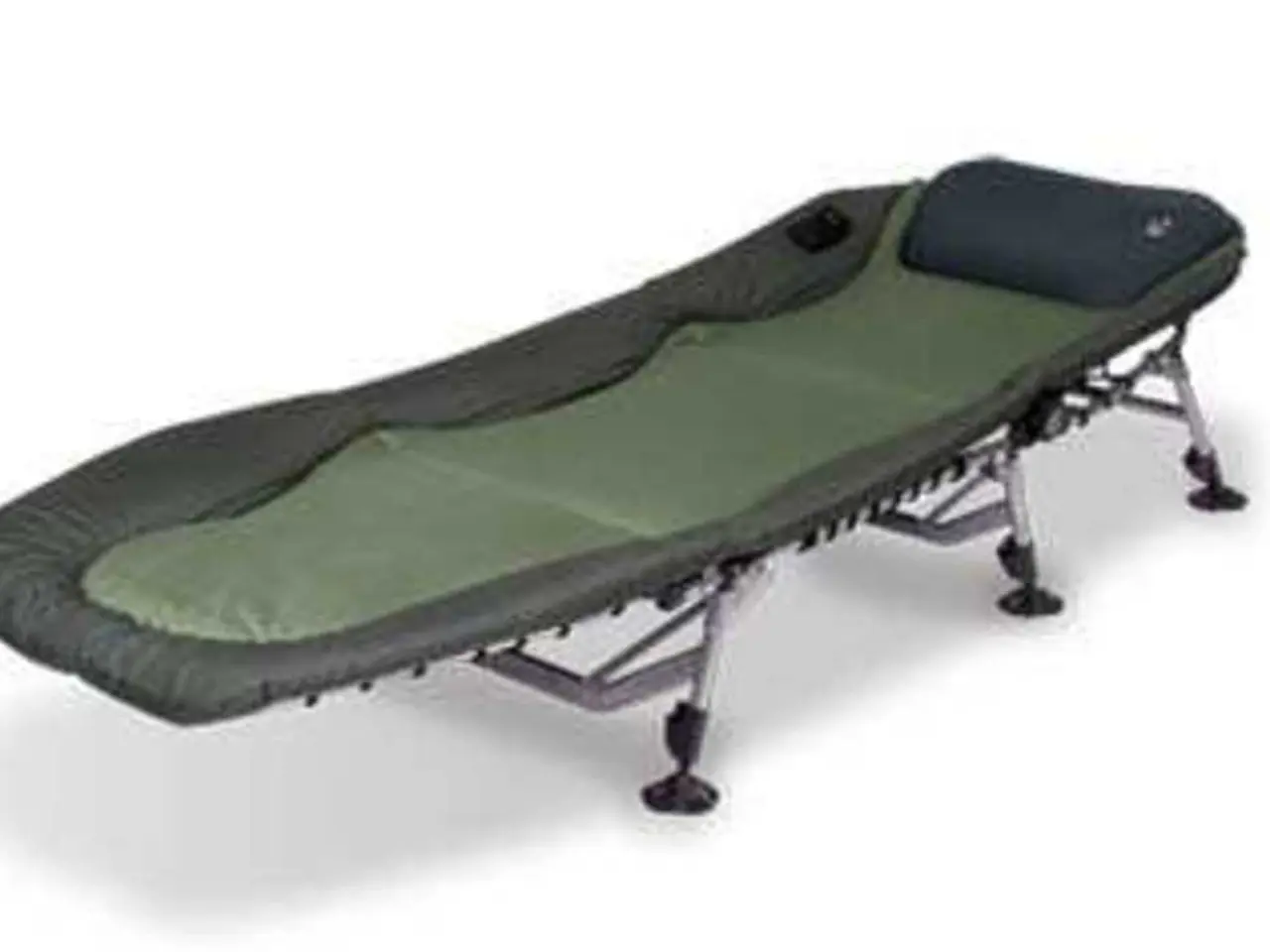Home Exercises: Simplified Pilates Routines for Maintaining Flexible Back Through Aging
A new Pilates routine, consisting of five exercises, has been designed by Pilates instructor Noemi Nagy-Bhavsar to enhance spinal mobility and flexibility. This sequence, which includes the Mermaid, Shoulder Bridge, Arm Opening, Cat-Cow, and Thread the Needle exercises, offers significant benefits for the back by promoting lengthening, decompression, stabilization, and dynamic movement of the spine and surrounding muscles.
Benefits for Spinal Mobility and Flexibility
Each of these exercises targets specific aspects of spinal mobility and flexibility, providing a well-rounded approach to improving overall back health.
- Mermaid: This exercise lengthens the torso, enhances spinal mobility, stabilizes the scapulae, and provides a gentle side bend that improves lateral spine flexibility and breath awareness. It also aids in spinal decompression.
- Shoulder Bridge: Mobilizes the spine through articulation, strengthens the gluteal muscles and hamstrings, and improves pelvic alignment and lower back flexibility.
- Arm Opening: Opens the chest and shoulders, improving thoracic spine mobility and scapular stability, which indirectly supports better spinal posture and flexibility.
- Cat-Cow: Dynamically flexes and extends the spine, increasing spinal range of motion, warms up the vertebrae, and improves coordination between breath and movement, relieving tension in the back.
- Thread the Needle: Rotates the thoracic spine with a supportive stretch, relieves tension in the upper back and shoulders, and promotes spinal rotation and flexibility.
How to Perform Each Move
Mermaid
- Sit with legs folded to one side (one leg in front, one behind).
- Place the hand on the same side on the floor for support.
- Inhale to lengthen the spine upward.
- Exhale to slowly side bend away from the supporting hand, reaching the opposite arm overhead.
- Hold the stretch while maintaining steady breathing, then return to center and switch sides.
Shoulder Bridge
- Lie on your back with knees bent and feet flat hip-width apart.
- Arms rest alongside the body, palms down.
- Inhale, prepare; exhale, slowly lift the hips off the mat, articulating the spine vertebra by vertebra.
- At the top, engage glutes and thighs, keeping shoulders grounded.
- Inhale, hold; exhale, slowly roll the spine back down, maintaining control.
Arm Opening
- Lie on one side with knees bent and stacked.
- Rest the head on the bottom arm; the top arm extends forward.
- Inhale, then exhale as you open the top arm and upper body towards the ceiling, twisting the thoracic spine.
- Hold the position while breathing steadily, then return to start and switch sides.
Cat-Cow
- Begin on hands and knees, wrists under shoulders, knees under hips.
- Inhale, drop belly, lift chest and tailbone for Cow Pose (spinal extension).
- Exhale, round the spine up towards the ceiling, tuck tailbone and chin for Cat Pose (spinal flexion).
- Move fluidly between these two positions in coordination with breath.
Thread the Needle
- Start on all fours.
- Inhale, then exhale as you reach one arm underneath and across the body, threading it between the opposite arm and knee, allowing the shoulder and head to rest lightly on the floor.
- Hold the stretch, breathing into the upper back and shoulders, then return to starting position and repeat on the other side.
This sequence complements spinal mobility by combining lateral side bending, articulation, rotation, flexion, and extension, contributing to improved flexibility, reduced stiffness, enhanced posture, and spinal decompression. It also supports strengthening smaller stabilizing muscles around the spine and shoulder girdle, which benefits overall spinal health and function.
[1] Nagy-Bhavsar, N. (2021). The Pilates Method: A Comprehensive Guide. Human Kinetics.
[2] Pilates Method Alliance. (2021). The Pilates Method: Principles, Practice, and Teaching. Human Kinetics.
[3] Clark, M. (2017). Complete Pilates. DK.
[4] Miller-Keane, J., & Jensen, F. (2014). Henry's Clinical Diagnosis and Management by Laboratory Values. Elsevier.
- The sequence, derived from Pilates, specifically the Arm Opening exercise, works to open the chest and shoulders, thereby increasing thoracic spine mobility and improving scapular stability, which is crucial for maintaining a healthy posture and promoting overall spinal flexibility.
- The yoga-inspired Cat-Cow exercise dynamically flexes and extends the spine, enhancing the spinal range of motion, warming up the vertebrae, and boosting coordination between breath and movement for reducing tension in the back and relieving strain on the spinal muscles.
- Science indicates that regular practice of these exercises, as presented by Noemi Nagy-Bhavsar, can contribute to the wellness sector's health-and-wellness goals by promoting wellness outcomes, such as improved spinal mobility, flexibility, posture, and even aiding in spinal decompression – all benefits that can potentially translate to enhanced overall fitness-and-exercise performance.




